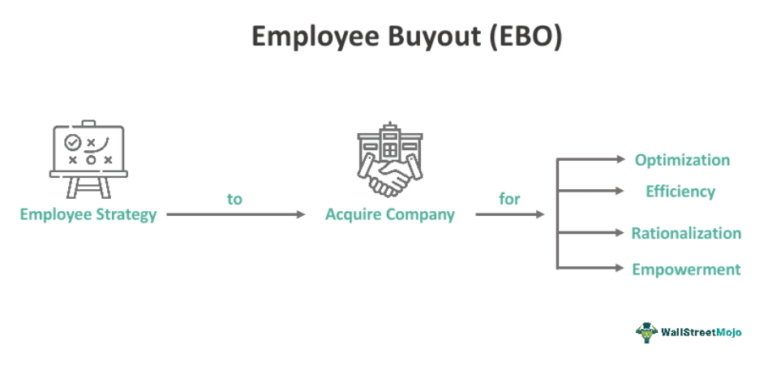
Audience
- Sentiment: Neutral
- Political Group: Labor supporters
- Age Group: 18-34
- Gender: All genders
Overview
- Amazon workers at RDU1 facility voted against unionization, with 2,447 against and 829 in favor.
- Critics allege that Amazon used intimidation tactics during the union vote, while the company claims employees prefer direct communication.
- The vote reflects a larger trend in labor rights discussions and the changing landscape of worker advocacy in the U.S.
Amazon Workers at RDU1 Vote Against Unionization: Unpacking the Arguments
In a world where the power of individual workers often seems overshadowed by giant corporations, the recent vote at Amazon’s RDU1 facility in Garner, North Carolina, stands out. The results show that 2,447 workers voted against unionizing, while only 829 supported the initiative. This outcome raises questions about workers’ rights, corporate strategies, and what it means to advocate for better working conditions. Let’s dive deeper into this situation and explore broader themes related to labor unions, employees’ rights, and what this might mean for the future.
Understanding Unions: What Are They Really?
Before we get into the nitty-gritty of the RDU1 vote, it’s essential to understand what a union is. In simple terms, a union is a group of workers who come together to advocate for their rights and interests. They negotiate with employers on behalf of their members to improve wages, working conditions, and benefits. Think of it as players on a sports team; when they work together, they can tackle bigger challenges than if they went solo.
Unions have been around for a long time, and they’ve played a crucial role in obtaining labor rights that many people enjoy today, like the eight-hour workday, weekends off, and safe working conditions. However, union membership has been declining over the years, particularly in areas like the South, where the RDU1 facility is located. This region has historically had lower rates of union representation.
The RDU1 Vote: What Happened?
At the RDU1 facility, workers recently had a chance to decide whether they wanted to join a union called CAUSE—Carolina Amazonians United for Solidarity and Empowerment. Supporters argued that a union could help achieve better wages and improve working conditions, especially crucial in a demanding job like those at Amazon, where employees often face high expectations and pressure.
Despite these positive aims, the vote ended in a resounding defeat for the union supporters. While only about 25% of the employees voted for unionization, critics of Amazon allege that the company used tactics to intimidate workers. For instance, there were claims of management holding mandatory meetings to discuss the downsides of unionizing, creating a culture where employees felt pressured to vote against the union. It raises an important question about workplace dynamics: When does a company’s communication become intimidation?
The Controversy around Amazon’s Practices
Amazon has grown to be an incredibly powerful company, changing the way we shop and consume goods. With that power comes responsibility—and sometimes scrutiny. In the case of the RDU1 vote, the company has faced criticism for how it treats its employees. Supporters of CAUSE pointed out that Amazon neglected to provide adequate support during the COVID pandemic. Many workers might have felt unsupported during a challenging time, which only fueled their desire for union representation.
On the other hand, Amazon maintains that their employees prefer to communicate directly with the company rather than through a union. They argue that their policies and benefits show they care about their workers. This reflects a larger debate about whether direct communication or union representation offers a better platform for addressing employee needs.
Why Do Workers Want Unions?
When contemplating why employees sought to unionize in the first place, it’s vital to look at their motivations. Many workers argue they need a collective voice to express their concerns without fear of repercussions. With a union, they could:
- Negotiate Better Wages: Many believe that unions have the power to secure higher wages through collective bargaining. At the end of the day, who doesn’t want a little extra money in their paycheck?
- Improve Working Conditions: Workers often face demanding environments. A union could push for better safety standards, breaks, and overall job satisfaction, which are crucial for employee mental health and well-being.
- Advocate for Fair Treatment: In cases where workers feel unfairly treated or penalized, having a union means they have a backup to address grievances and fight for justice.
What Does This Mean for the Future?
The RDU1 vote reflects bigger trends in the labor market across the United States. Even while union membership is low overall, there’s been a noticeable increase in interest towards unionizing, particularly in industries like tech and retail. Workers everywhere have voiced their concerns, from warehouse associates to fast-food restaurant employees. Social media campaigns have played a role in raising awareness of labor issues and creating solidarity among workers.
This trend might suggest a shift in attitudes about unions. Public sentiment can lead to real change. Remember the “Fight for $15” movement for higher minimum wages? It gained traction through collective efforts and protests.
Amazon’s Response to the Changing Landscape of Labor
Companies like Amazon are watching these movements closely. The company has made headlines due to its rapid growth and increasing market dominance in a short period. With this growth, they also face mounting scrutiny over their labor practices. In response to the evolving labor landscape, Amazon might reconsider how they approach employee relations. They could establish better support systems and transparent communication or reformulate their benefits packages to meet workers’ concerns directly before they seek union representation.
A Personal Reflection
As I reflect on this situation, I can’t help but think about how challenging it must be for those employees at RDU1. It’s tough to stand up for your rights in an environment that feels overwhelming and intimidating. While some may see the vote as a loss for union support, it could also be viewed as an opportunity for dialogue. Workers are speaking up about their needs and desires, and that’s a crucial first step.
It’s also interesting to consider what it means to be part of a community. Unions are about more than just negotiation; they create a sense of solidarity and help bring people together around common goals. It’s about empowerment, feeling valued, and knowing that your voice matters. For the workers at Amazon, this vote might not be the end of their journey, but just the beginning of a broader conversation about workplace rights and needs.
Final Thoughts and Engagement
In a world that can often feel so vast and fragmented, the situation at RDU1 reminds us that people are still striving for better working conditions and lives. The debate over unions is impactful and ongoing, especially for those working in demanding retail environments like Amazon’s.
What do you think about the results of the RDU1 vote? Should workers have a union, or do you believe that direct communication with companies is better? Share your thoughts in the comments below! Your voice matters, too.





